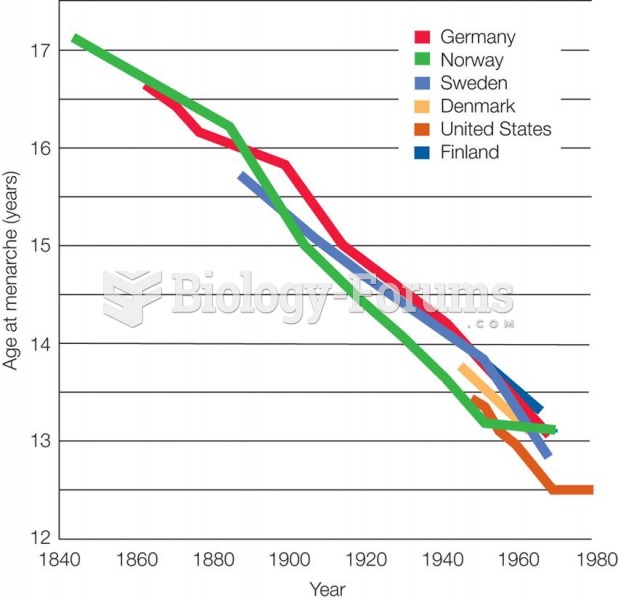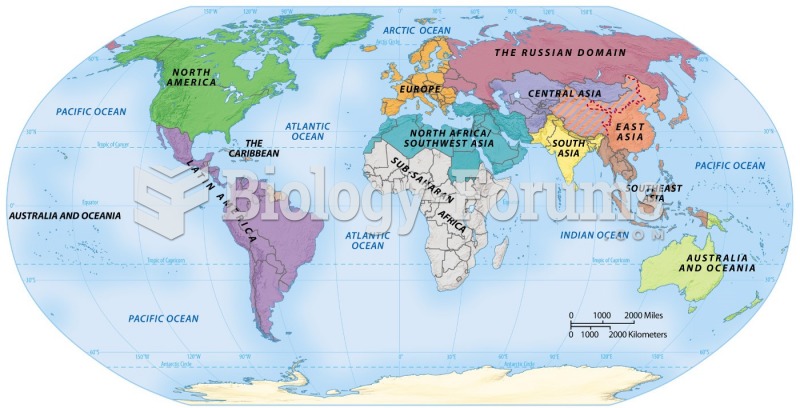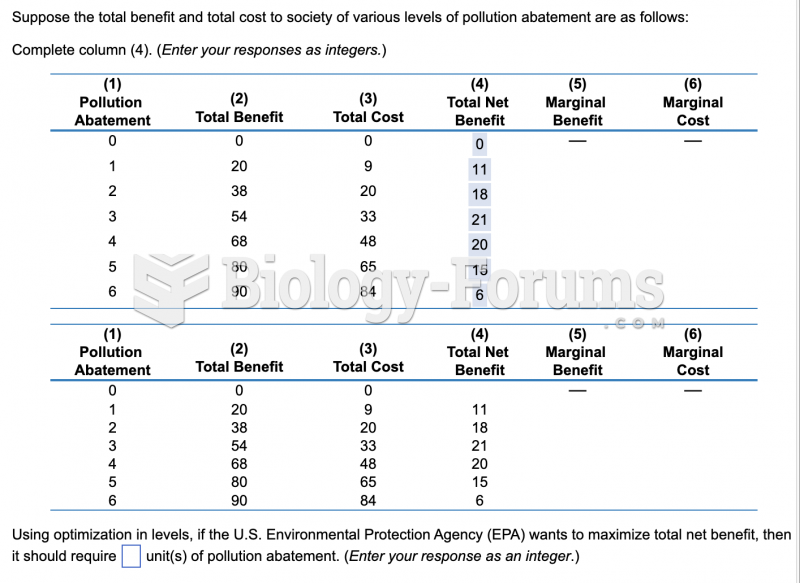Answer to Question 1
One of the most remarkable features of contemporary international business is the worldwide trend toward regional economic integration. Also known as regional integration, regional economic integration refers to the growing economic interdependence that results when two or more countries within a geographic region form an alliance aimed at reducing barriers to trade and investment. Since the end of World War II, most nations have sought to cooperate, with the aim of achieving some degree of economic integration. More than 50 percent of world trade today takes place under some form of preferential trade agreement signed by groups of countries. The trend is based on the premise that, by cooperating, nations within a common geographic region connected by historical, cultural, linguistic, economic, or political factors can gain mutual advantages. The free trade that results from economic integration helps nations attain higher living standards by encouraging specialization, lower prices, greater choices, increased productivity, and more efficient use of resources.
There are five possible levels of regional integration. The political union represents the ultimate degree of integration among countries, which no countries have yet achieved.
The free trade area is the simplest and most common arrangement, in which member countries agree to gradually eliminate formal barriers to trade in products and services within the bloc, while each member country maintains an independent international trade policy with countries outside the bloc.
The customs union is the second level of regional integration, similar to a free trade area except that member states harmonize their external trade policies and adopt common tariff and nontariff barriers on imports from nonmember countries.
In the third stage of regional integration, member countries establish a common market (also known as a single market), in which trade barriers are reduced or removed, common external barriers are established, and products, services, and factors of production such as capital, labor, and technology are allowed to move freely among the member countries.
An economic union is the fourth stage of regional integration, in which member countries enjoy all the advantages of early stages but also strive to have common fiscal and monetary policies. At the extreme, each member country adopts identical tax rates. The bloc aims for standardized monetary policy, which requires establishing fixed exchange rates and free convertibility of currencies among the member states, in addition to allowing the free movement of capital. This standardization helps eliminate discriminatory practices that might favor one member state over another.
Answer to Question 2
Extraterritoriality refers to the application of home-country laws to persons or conduct outside national borders. In most cases, the laws are applied in an attempt to prosecute individuals or firms located abroad for some type of wrongdoing.
Examples of extraterritoriality in international business abound. For example, a French court recently ordered Yahoo to bar access to Nazi-related items in France and to remove related messages, images, and literature from their sites accessible in France, including from Yahoo's U.S. website.
Businesses argue that extraterritorial application of national laws represents a substantial burden in international business. It increases compliance and regulatory costs and causes considerable uncertainty.







